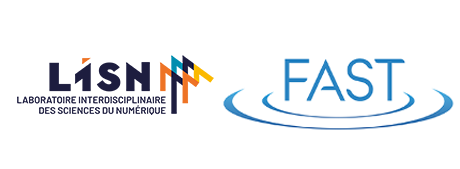
We first investigate routes from small-amplitude waves towards droplet entrainment in pressure-driven two-layer flows in a channel, encountered in microfluidics and in oil/gas transport. We begin with recalling the main results of linear modal stability analyses, for laminar and turbulent base state velocity profiles, including gas/liquid systems, identifying regimes wherein the system is convectively and absolutely unstable, and proposing for this transition a simple model based on an extension of the Gaster analysis to spatio-temporal modes. A newly-formulated 3D linear direct numerical simulation shows transient (non-modal) growth of purely spanwise modes. Next, we use full 3D Navier-Stokes simulations (DNSs) to investigate subsequent flow behaviour; we focus on density-matched systems for reasons explained at the seminar. Generally, a strong streamwise mode appears in linearly absolutely unstable systems, results suggesting this to be a nonlinear global mode. A weakly nonlinear mechanism is also identified whereby spanwise modes can couple to a dominant streamwise mode; a direct route is also observed in some cases, wherein linear theory holds up close to wave overturning. Analysis of the ligament dynamics suggests a kinematic regime. A further, highly chaotic regime is also observed in the DNSs. In the second part of the talk, a short outline is presented on using numerical simulations to improve asymptotic analysis of flows with moving contact lines. Such theories are also used to forulate efficient numerical simulations. In particular, inertial effects enter the asymptotic structure of the flow associated with contact-line motion (not some inner region), invalidating standard viscous analyses. A comparison of theory with experiments suggests the actual contact angle depends on contact-line speed. We'll conclude with a word regarding follow-up work on control of spreading/dewetting under non-isothermal conditions. The first study mentioned above is in collaboration with Lennnon O Naraigh (Dublin) and Prashant Valluri (Edinburgh); the second with Yi Sui (London).